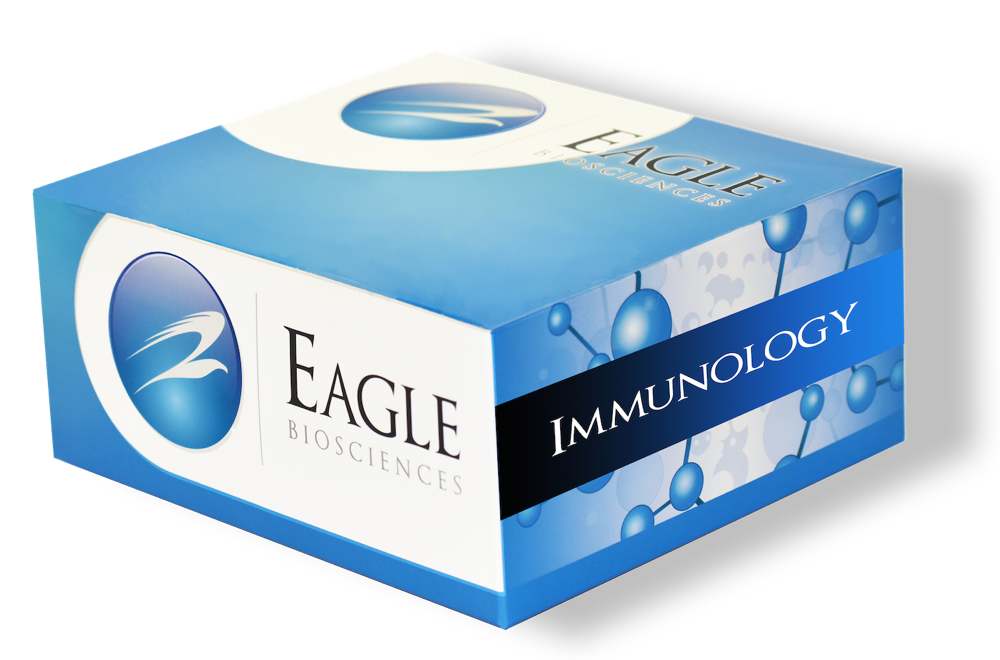The innate immune system is important in the first defense against foreign pathogens. A
major component of this response is the complement system. The complement system
consist of a complex family of proteins and receptors which are found in the circulation, in
tissues and other body-fluids. Nowadays, also several links to the adaptive immunity are
described. The system consist of three defined pathways which are activated by a pathway
specific panel of molecules. Complement activation proceeds in a sequential fashion through
the proteolytic cleavage of a series of proteins leading to the generation of activated products
that mediate various biological activities through their interaction with specific cellular
receptors and other serum proteins. The three pathways, designated classical, lectin and
alternative pathway, converge at a central component into a final common pathway. That is
activation of C3 leading to formation of C3a and C3b. This cleavage activates the terminal
complement pathway leading to eventually the formation of the terminal C5b-9 complement
complex (TCC). The classical pathway is initiated by binding of C1q to antibody complexes,
whereas the alternative and lectin pathway are activated in an antibody-independent fashion
through the interaction of complement components with respectively specific carbohydrate
groups and lipopolysaccharides (LPS) on the surface of foreign pathogens. The alternative
pathway also acts as an amplification loop of the other pathways. Under certain conditions,
the complement system can be unfavorable to the host leading to e.g. autoimmune diseases
and infections. Deficiency of C3 is e.g. associated with SLE. Alterations in the alternative
pathway, like properdin or ficolin deficiency, increase the susceptibility to infection. Mannose
binding lectin (MBL), a major component of the lectin pathway, is associated with bacterial,
fungal and viral infection. A common way to measure the activity of the classical or
alternative pathway is the hemolysis of erythrocytes. Furthermore some assays have been
described to measure the activity of the MBL pathway. These assays are strenuous and not
straightforward when it comes to the assay procedure.
This product is manufactured in Netherlands by Hycult Biotech.
| Size | 1 x 96 Well |
| Sensitivity | Cut-Off |
| Incubation Time | 4 hours |
| Sample Type | Serum |
| Storage | 2-8°C |
| Alternative Names | Mannose-Binding Lectin Pathway, MBL Pathway, Carbohydrate-Recognition Pathway |

